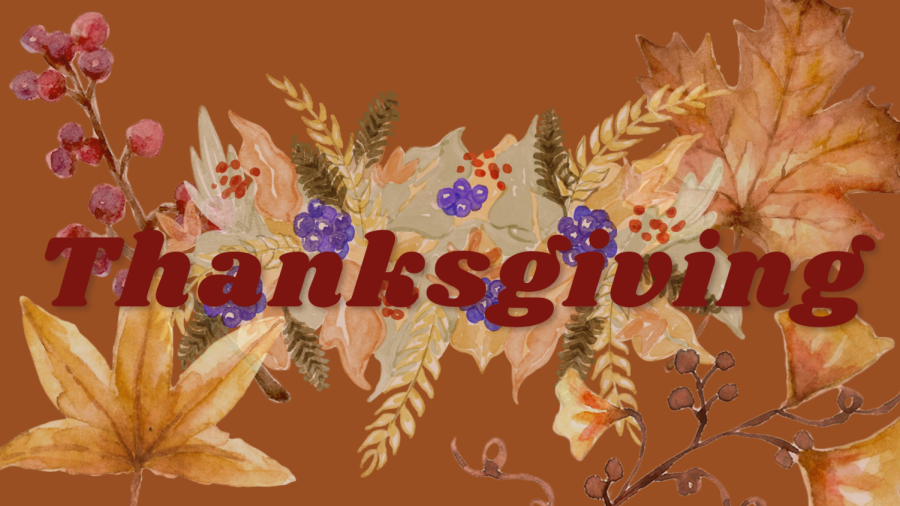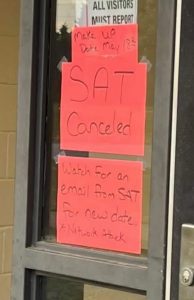Thanksgiving: Traditions and History
Nov 26, 2021
Every last Thursday of Nov., thousands of Americans settle down with their family to celebrate a hundred year-old holiday with the tradition having been started before the founding of the United States. Families and friends gather around tables, tables laden with food, with chill autumn weather in the air. Thanksgiving has stretched across generations, starting as a small giving of thanks from colonials and ending up as the federal holiday we know today.
The origin of Thanksgiving starts in 1621 as a harvest celebration between the Pilgrims in Plymouth and the Wampanoag tribe, in order to commemorate the peace between the two peoples and the harmony that helped the remaining colonists survive. The peace would last for fifty years, and is one of the few recorded examples of harmony between Colonials and Native Americans. Thanksgiving would continue to be celebrated in Plymouth and eventually spread throughout the colonies, but was never officially adopted as a national holiday, even after the American Revolution and the creation of the United States. However, on Oct. 3, 1863, President Abraham Lincoln declared Thanksgiving as a national holiday, the success of which can also be attributed to Sarah Josepha Hale, who had campaigned for the recognition of Thanksgiving for nearly thirty years and is nicknamed the ‘Mother of Thanksgiving.’ Thanksgiving was marked and celebrated every last Thursday of November until 1939, when President Franklin Roosevelt pushed Thanksgiving back a week in hopes of boosting Christmas retail sales. This was reversed in 1941, however, when Roosevelt signed a bill that made Thanksgiving the fourth Thursday in November.
Traditions of Thanksgiving can vary from person to person, family to family, but in general Thanksgiving is a dinner with friends and family. Turkey, mashed potatoes, cranberry sauce, and vegetables like corn or squash are usually served, with desserts varying from pumpkin pies to cheesecake to ice cream. Another yearly tradition of Thanksgiving is the Macy’s Thanksgiving Day Parade, which started in New York City in 1924 and has done so for more than 90 years. The route stretches for two and a half miles, and is filled with giant balloons, floats, marching bands, and a surprise visit from Santa Claus at the end of the parade. Additionally, partakers in the holiday have the option of either watching the annual NFL Thanksgiving Day football game or the National Dog Show, both of which are on after the Macy’s Day Parade. In honor of the spirit of Thanksgiving, one could also take part in an annual food drive or volunteer at a homeless shelter, in the essence of giving back.
From a tiny, but generous giving of thanks in the small settlement of Plymouth to the nationally recognized and celebrated holiday it is today, Thanksgiving certainly is not a holiday to be forgotten and has been continued throughout generations of families.
“My favorite part of thanksgiving is making all the different kinds of food and spending time with my family,” says junior Karley Ashburn.
“My favorite part of thanksgiving is food,” says sophomore Elizabeth Salvador, “I love the mashed potatoes and cheesecake.”











